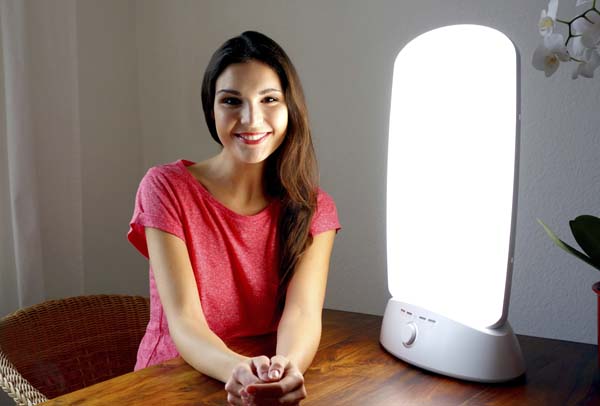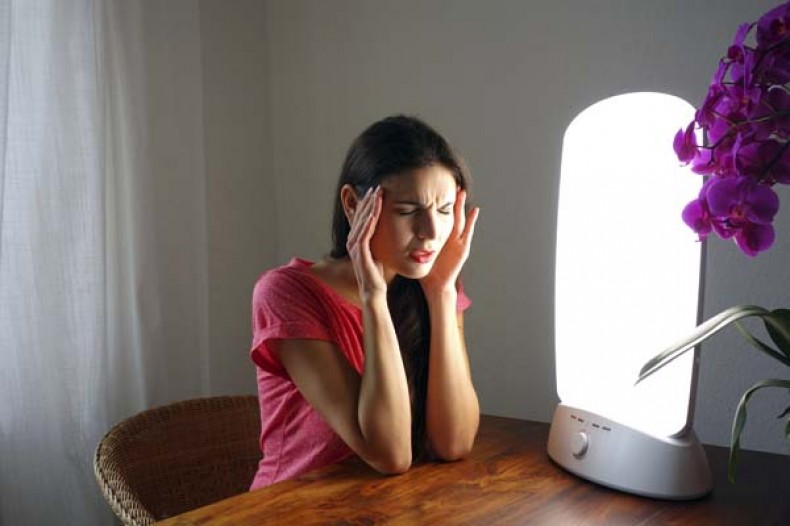Seasonal affective disorder
For some, winter’s short, dark days affect mood
Every year, summer fades to fall, and fall fades to winter. Unfortunately for some, these seasonal changes can bring the blues.
According to the American Academy of Family Physicians, 10 to 20 percent of adults in the U.S. may experience mild seasonal affective disorder (SAD), a cyclic and seasonal condition with symptoms like depression, low energy, sleepiness, overeating, changes in appetite, weight loss or gain, insomnia and anxiety. For those who experience SAD, symptoms recur every year at about the same time and are unrelated to other major life events.

Light therapy boxes can be effective in treating seasonal affective disorder, according to Mayo Clinic experts. A light therapy box mimics outdoor light, and researchers believe this type of light causes a chemical change in the brain that lifts your mood. Most people who use light therapy boxes use them for a minimum of 30 minutes each morning. Some boxes look like upright lamps, while others are small and rectangular. You can buy them over the counter or online.
Most people with SAD experience depression in the winter and enjoy a more positive outlook in spring and summer. The National Mental Health Association reports that an excess amount of melatonin, a sleep hormone released in the brain, might be to blame for symptoms of winter depression. The brain releases melatonin when it is dark; short winter days with less sunlight cause the brain to produce more melatonin than it should. Too much melatonin can cause sleepiness and depression.
Lack of sunlight can also confuse your body’s circadian rhythm, or 24-hour cycle, making it difficult to maintain normal sleeping and waking hours.
How do you know if you have SAD?
According to the American Academy of Family Physicians, you may have depression related to a seasonal affective disorder if:
- You experience symptoms of depression or mood change at about the same time each year for at least two years in a row
- Periods of depression are followed by periods of non-depression
- Nothing else can explain the change in your mood or behavior
Beat the seasonal blues
All experts agree that if you experience serious symptoms of depression or have thoughts of suicide, you should see a doctor to get help. For milder cases of seasonal depression, you can learn how to cope and find joy in every season. Experts at the Mayo Clinic, based in Rochester, Minn., recommend that you try the following:
- Exercise regularly
- Increase your exposure to sunlight in winter
- Make it a habit to do something you enjoy
Consult your doctor if feelings of hopelessness or depression persist.
-
Share this story:



